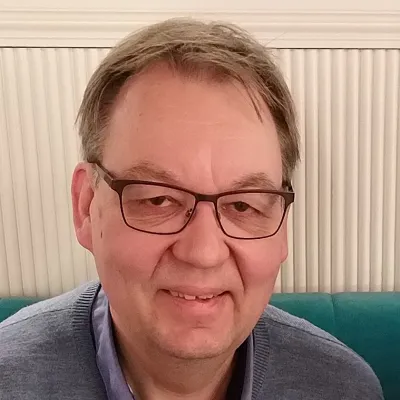Superconducting qubits (quantum bits) and other quantum components based on Josephson effect in nanosize superconducting structures are important enablers of the ongoing second quantum revolution. One of the big challenges is that each qubit needs its own microwave control signals. They are typically transmitted from room temperature to the cryogenic environment using individual coaxial lines for each qubit. Obviously, such coaxial wiring would be too complex for a large-scale quantum processor consisting of millions of qubits. VTT’s solution for this challenge is to use optical fibres for signal transmission between room temperature electronics and cryogenic circuitry.
A key element in VTT’s solution is the optical pulse pattern generator (OPPG) invented and developed by VTT MIKES. It is based on using an optical time-division multiplexer to multiply the repetition frequency of a train of ps-wide optical pulses. With an OPPG, production of arbitrary optical pulse patterns with extremely small jitter is feasible up to frequencies of 100 GHz or higher. VTT MIKES has already demonstrated that an OPPG together with cryogenic optical-to-electrical conversion can be used to drive a Josephson array voltage standard [Nissilä et al., 2021]. The next goal is to use the OPPG to develop an optically integrated Josephson Arbitrary Waveform Synthesizer (JAWS) to produce quantum-traceable waveforms with bandwidth exceeding 100 GHz. This is a major goal of VTT MIKES in ongoing project SuperQuant in European Metrology Research Programme EMPIR. With other partners of the project, VTT MIKES is also developing a quantum-traceable cryogenic 1 THz sampling oscilloscope utilising optoelectronic techniques for in-situ waveform measurements inside cryostats.
Driving superconducting quantum devices with the OPPG has potential for tremendous impact in quantum technologies and metrology. The possibility to control superconducting qubits with extremely stable and reproducible microwave signals without metallic cables between room and cryogenic temperatures may become an essential enabler for large-scale superconducting quantum processors. In voltage metrology, our aim is to develop the optically integrated JAWS to a fundamental source of traceability from DC up to microwave frequencies.


